
In 2025, hiring has taken on an altogether new role. Considering this, talent intelligence is not just a tool to fill up roles, it has now become a mechanism to find the best intellect with its most advanced and effective talent analytics. Today, hiring has become as challenging as finding a needle in a haystack.
LinkedIn’s Insights stats are emblematic of how companies using real-time talent intelligence are closing roles 30-50% faster than those who are not. Using AI in hiring has become much more common, with 93% of companies planning to invest in AI tools to speed up their hiring processes by 2025. These figures highlight how data is altering recruitment practices across industries.
In this blog, you’ll know 6 ways talent intelligence is transforming hiring in 2025. From gamified evaluations that assess creativity and teamwork to predictive assessments and finding future roles, we’ll talk about how organizations have changed their planning for leveraging technology for smarter and informed hiring decisions.
This blog also explores companies’ hyper-personalized outreach, cultural fit metrics, and storytelling approach.
Let’s have a closer look at how these offbeat trends are not only simplifying hiring processes but also remodeling the future of work.
1. Gamified Candidate Assessments
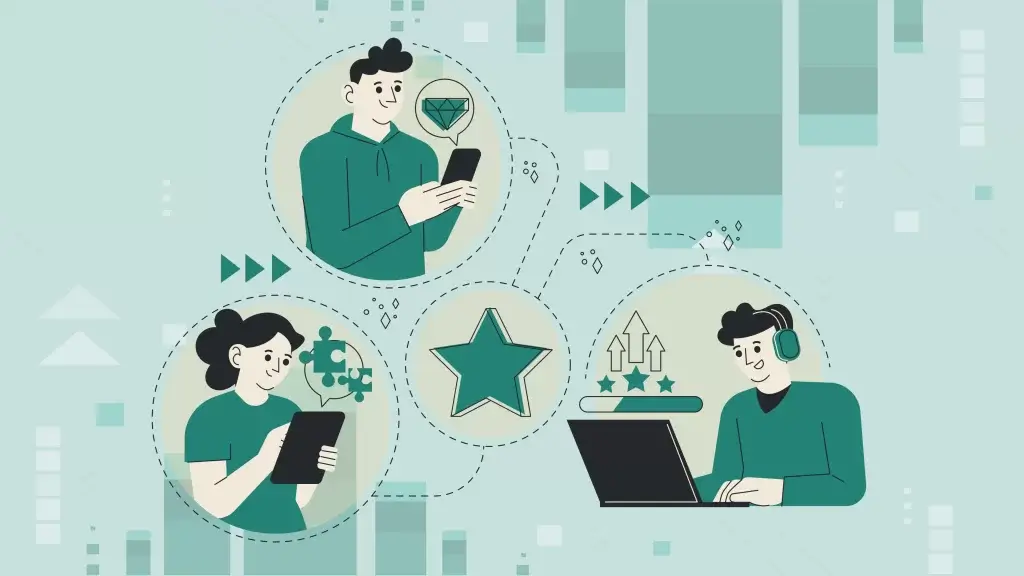
It is all about evaluating candidates’ capabilities through gaming. Just imagine you’re stepping into a virtual world, where, apart from being a job applicant, you are also a prodigy on a mission. This is how the future hiring is taking shape.
Gamified assessments use immersive and engaging scenarios to assess the skills of an applicant – how they will react to real-world scenarios.
Beyond Traditional Methods
For decades, hiring has been about weeding through resumes and conducting interviews, which overlooks predicting performance. Now, gamified testing will put the candidates in virtual challenges reflecting real-world roles. It could be rolling out a product in the market, launching a new automobile, or handling a disaster; every decision is reviewed and assessed.
How It Works
These virtual world examples evaluate every aspect of candidates’ personality, potential, and reasoning. How well they manage the work at hand, leadership, teamwork, and technical aspects.
It’s not if they lose or win, it’s about how they accept the challenge and adapt to the changes. Smart AI algorithms compare their performance against the best players in the industry, delivering the HR team comprehensive insights.
The Technology that makes it happen
Game engines like Unreal and Unity build realistic environments, while cloud services ensure flawless engagements. Personalized analytics tools deliver recruiters with real-time insights, emphasizing performance records to root out bias.
The Impact
Companies using gamified assessments are reported to have increased hiring accuracy and employee retention. Today, talent-based hiring is taking over traditional qualifications-driven hiring. This helps them identify the hidden talent—individuals who might not have matching resumes but still possess the required skills to thrive as an asset.
Even 90% of surveyed employees agree it improved their productivity, a per a TalentLMS Report.
The Future
With evolving VR and blockchain technologies, gamified assessments will become more trendy and delicate. It will offer secure and reliable data that candidates can share across industries. This approach will not only help find the best brain it also offers a seamless experience that benefits both the organization as well as the candidate.
2. Predictive Hiring For Emerging Roles
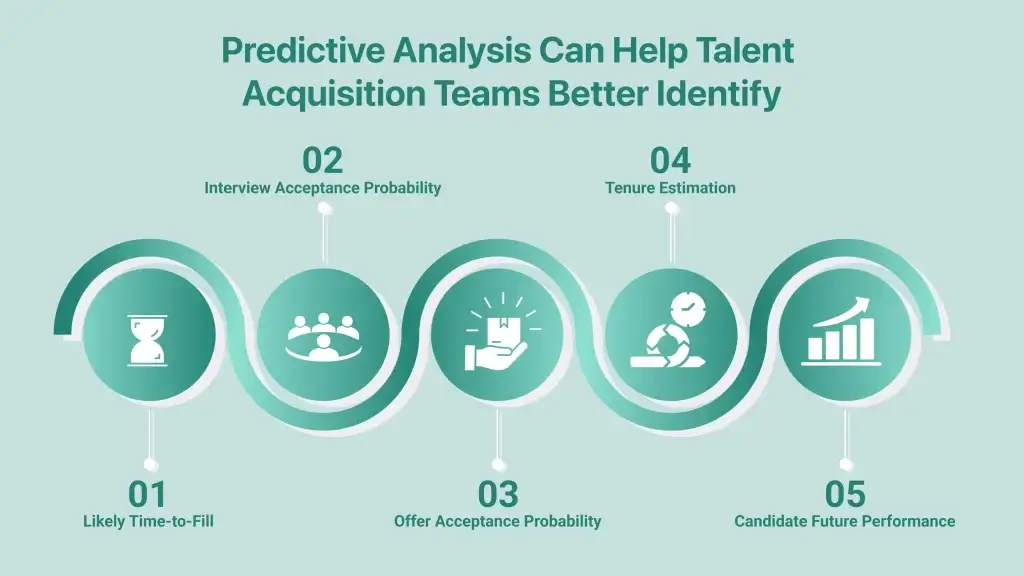
Have you imagined that you could look into the future, knowing exactly which roles will appear in a few days, crucial for your company’s growth, before they even exist? Sounds weird? It is possible now! This is how predictive hiring works.
Packed with advanced AI and labor market data, talent intelligence platforms can now forecast future job markets with noticeable accuracy, enabling organizations to stay competitive.
How does this work?
Leveraging global economic trends, industry shifts, and technological advancements, predictive hiring can predict emerging roles. Say, for instance, it can suggest the growing need for “Quantum Ethics Consultants” or “AI-Driven Automobile Specialists” years earlier, before the roles might become mainstream.
Such forecasts can help companies proactively create talent pipelines, ensuring to find the right people in place when these roles come into existence.
Building Talent Pipelines for the Future
This proactive approach keeps organizations a step ahead while avoiding talent shortage. By collaborating with potential candidates early, organizations can deliver training and mentorship programs, thus preparing them for roles that don’t exist yet. This approach, in addition to promoting a viable culture, also encourages businesses to predict future job needs.
In this world of technological change, predictive hiring has become a necessity. By adopting this technology, organizations can stay ready to turn uncertainty into opportunity. The future of hiring today is more exciting than ever.
3. Hyper-Personalized Approach of Organizations
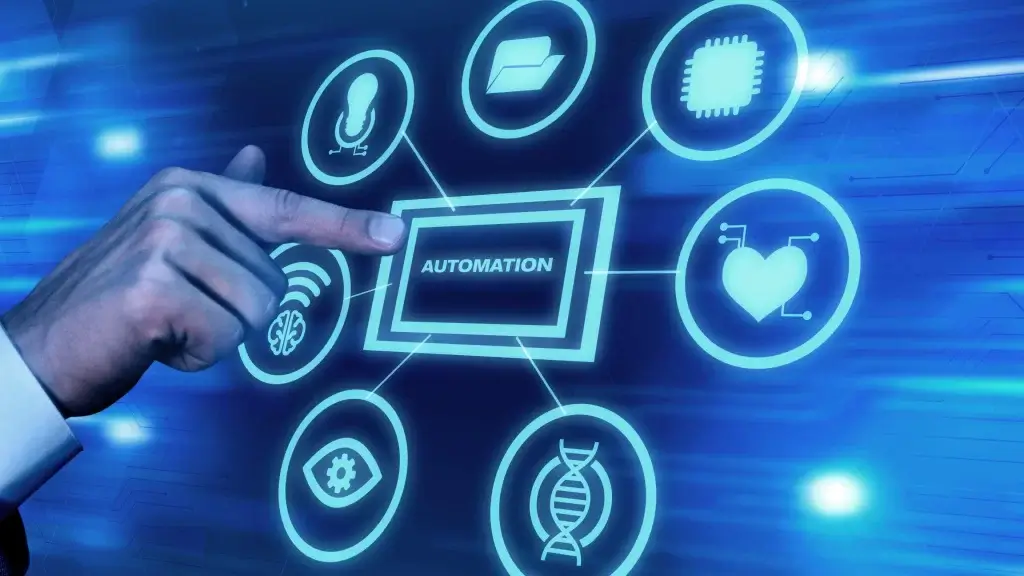
Have you ever felt, on receiving a job, that it was meant for you– a message directly speaks about your dream job and passion? It’s no science fiction movie; it’s how hyper-personalized outreach, driven by behavioral analytics, functions.
Organizations are now drafting personalized messages for candidates that engage with specific candidates, changing the way companies interact with the best talent.
Crafting Persona-specific Message
By studying a candidate’s digital imprints, HR professionals can pick up their interests, preferences, and career aspirations. Leveraging these metrics, they develop personalized outreach strategies, from videos of specific company projects to custom remuneration packages aligning with a candidate’s expertise and values. It all leads to a level of engagement that is absent in usual messages.
The Impact of Personal Touch
This personalized approach increases engagement while significantly increasing conversion rates. It makes candidates feel understood and valued, building stronger connections with the organization. LinkedIn found that personalized emails received 15% higher response compared to emails sent in bulk.
Today, when there is a shortage of the right talent suiting the role, companies that follow a hyper-personalized outreach approach stay competitive and a step ahead in the ocean of job market. By converting every interaction with candidates into a unique experience, recruiters can convert each candidate into a lifelong brand ambassador.
4. Hiring Heat Maps Are Transforming Recruitment
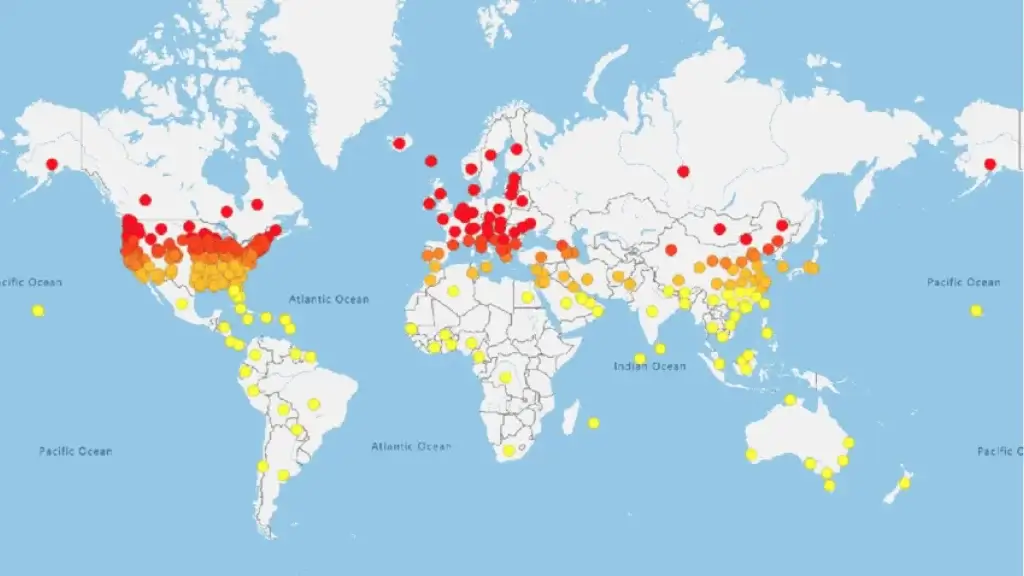
Yes, it’s true. You might have watched a spy movie where miscreants are detected using heat maps. Recruiters are now using this to identify the locations where candidates are thriving.
In 2025, talent intelligence platforms will use these visual tools to show geographical demand for specific roles and skills, helping companies make smarter hiring decisions.
The Magic of Heat Maps
Recruiters get real-time insights into the demand and supply of candidates in every region. For instance, it might buzz that Boston is gushing with IT talents and NY is swarming with AI engineers. Such maps not only flash the location data, but they also predict estimated salary, difficulty level of recruitment, and even the intended time to fill records.
Strategic Decision-Making
This can also help businesses to decide the places to expand their reach and how to get their remote talent pool if they plan to introduce their brand to new places. Heat maps direct them to high-demand places. Companies can focus their time and efforts on those areas where they have an immense talent pool. This trims hiring costs and speeds up the recruitment process.
Why It Matters
In an era where location usually dominates opportunity, live heat maps flip the narrative. It helps companies look at where the talent is—whether that’s planning a new brand entering thriving locations or reaching out to remote workforces. By studying talent analytics, companies can focus on the right data-driven decisions that resonate with their visions.
With heat maps playing the role, recruitment is no more guesswork, but rather more about precision. So, it is a disruptor for companies looking to hire talent and retain them in 2025!
5. Cultural Fit Algorithms Are Transforming Hiring
Have you ever thought of a scenario where you hired someone who not only outshined in the role but effortlessly mingles with the team, sharing the same goal and values?
If you haven’t, you should now! This is what the cultural fit concept promises. There are AI-driven technologies that exceed skills and experience to suggest how well a candidate resonates with your company’s ethics.
This is also an increasing practice of recruitment in 2025, consolidating team cohesion while reducing turnover graphs.
The Science of Compatibility
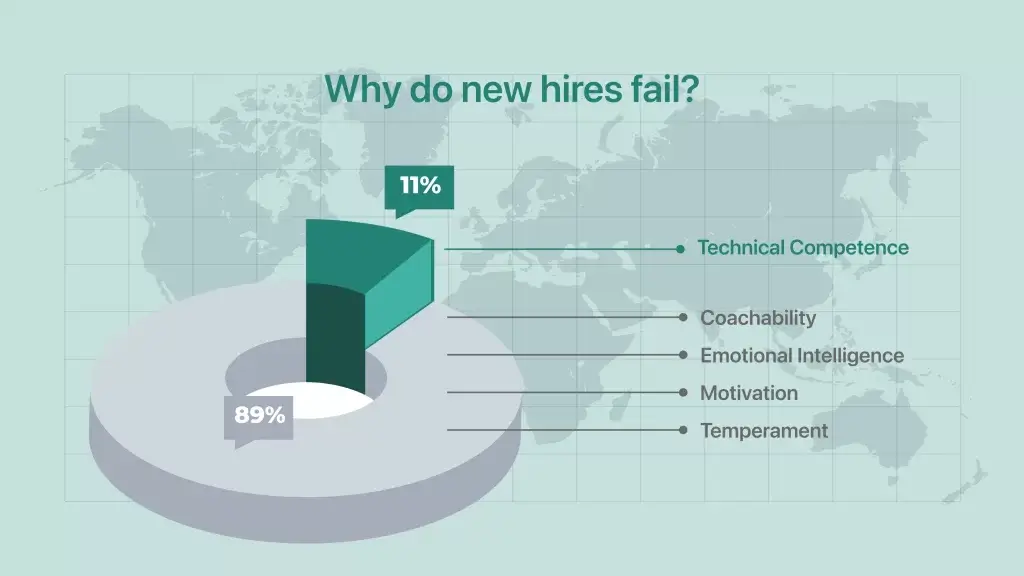
These algorithms study an immense amount of data, which includes candidates’ social media posts, networks, public statements, and online personal activities. Now, leveraging technologies like machine learning and natural language processing (NLP), it analyzes personality attributes, communication patterns, and individual values of aspirants.
For instance, AI can study a candidate’s diction and body language in online interviews or their behavior on LinkedIn to suggest whether they can sync with the company’s collaborative culture or not. Isn’t it magical?
Why It Matters
As per Murphy – founder of LeadershipIQ.com, 89% of hiring failures stem from poor cultural fit, not a lack of technical skills. AI helps HR experts in streamlining accurate decisions in hiring the right candidate for the open position. Companies like Zappos have reported to have seen better employee satisfaction and retention through AI-powered cultural assessments. These cultural fit mechanisms reduce the unconscious biases widely reported in conventional hiring methods.
Building Cohesive Teams
With this technique, recruiters can narrow down their hunt for the right candidate who aligns with the company’s mission and culture. It builds synergistic work environments where people feel a sense of connection, increasing productivity and spirit.
Although AI’s understanding of human behavior is still refining, cultural fit algorithms are reshaping hiring strategies. They’re creating a team that can thrive while finding the best brains. The future of recruitment today is all about harmony.
6. Storytelling by Organization: Attracting More People in 2025
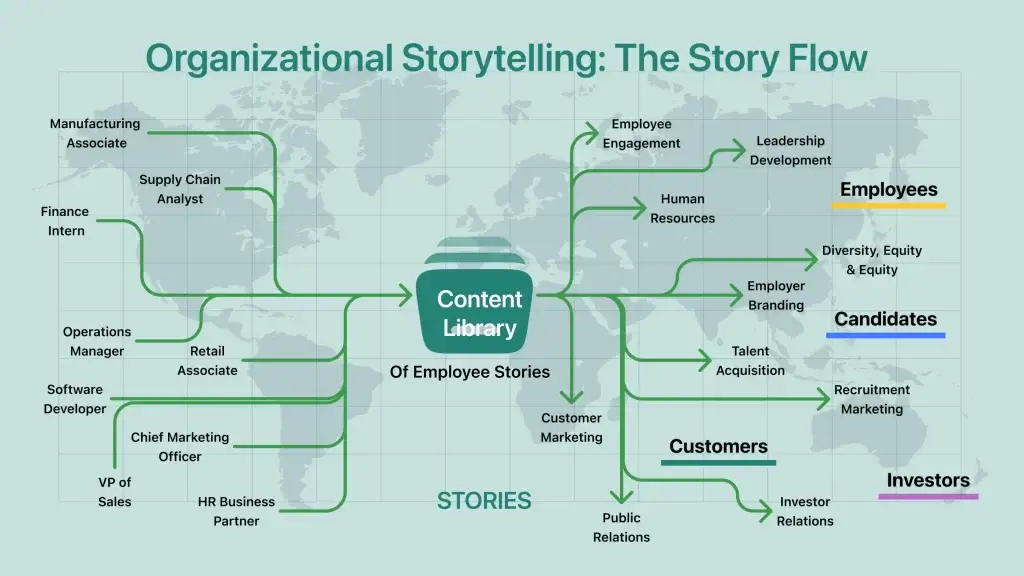
Imagine stumbling upon a job posting that not only talks about qualifications but also tells a story about the company’s mission, its people, and the difference they’ve made. Yes, now companies have come up with the idea of storytelling to attract candidates and share with them their vision, people, worth, and why they are the right company to join.
In 2025, storytelling is setting a new narrative of how differently organizations are approaching talent intelligence.
The Power of Narrative
The generic job description is passé. Today, the storytelling technique is crafting compelling narratives that connect with candidates emotionally. By fusing the ingredients of company culture, values, career growth, and perks, recruiters can help candidates see into the organization’s soul.
For instance, narrating clients’ success stories or promoting the company’s CSR activities can enable candidates to be part of something valuable.
A Personalized Journey
Storytelling is not just in job postings. It goes deep down into the recruitment process—from tailored career websites to interviews and even while onboarding. At each stage, the company customizes the narrative to focus on candidates’ aspirations and goals. Such a technique attracts talent, keeps them engaged, and nurtures a deeper connection with the organization.
Why It Matters?
Studies divulge that candidates are more likely to apply for the position if they are emotionally connected with the company and its people – this is what a story does. Merging the storytelling approach in talent intelligence, companies can set a new trend in hiring, thus building real bonds with potential hires.
In 2025, apart from recruiting the best brains, storytelling will also help aspirants to become part of a bigger story. This technique is helping organizations to transform hiring into an art form, combining emotional intelligence with strategic impact.
Key Takeaways: Talent Intelligence is Shaping the Future of Hiring
In 2025, talent intelligence has put the recruitment industry onto an altogether new pedestal by introducing AI and ML. It helps organizations to hire smarter people faster with a better retention percentage. Today, skills-based hiring is gaining traction, allowing organizations to pick talents over qualifications, thus hiring better matches for mission-critical positions.
From predictive hiring to hyper-personalized outreach and cultural fit algorithms, such tools are disrupting the hiring landscape.
By fusing data-driven insights and automation, organizations can now ditch hiring bottlenecks to create future-ready teams.
With the changing hiring landscape, the amalgamation of AI and human instinct will keep reshaping recruitment practices. Organizations that adapt to such trends will make a mark in this competitive talent intelligence landscape. Today, the future of hiring isn’t only about filling roles—it’s about developing reliable connections and discovering unseen human potential.
Are you confused about how to proceed with AI and hiring? Valuematrix can help you fuse your HR with AI to tackle the challenges of traditional/current hiring.
About us
ValueMatrix helps organizations build culturally cohesive teams with AI-powered recruitment and retention strategies. We educate corporate leaders on the need to involve and encourage all generations to adapt to enterprise values and participate actively to gain excellence.
Our AI-powered platform transforms talent acquisition with intelligent hiring techniques backed by established psychological frameworks. We partner with HR professionals to conduct unbiased and holistic assessments for aspiring candidates.



